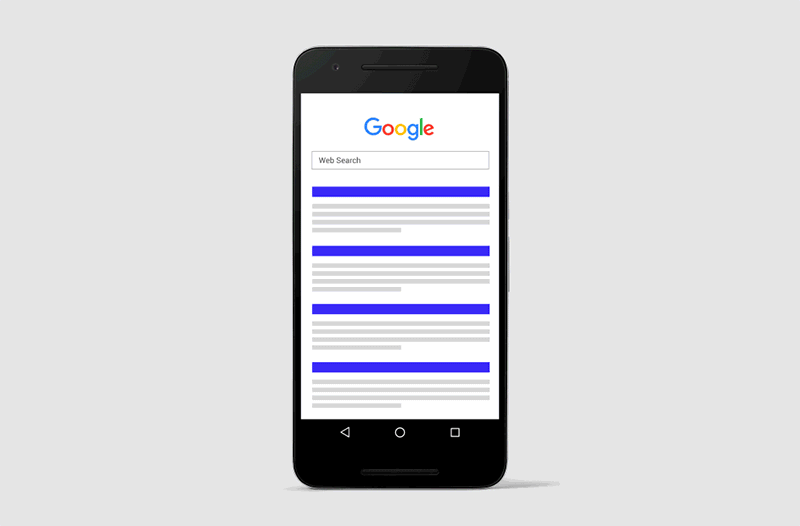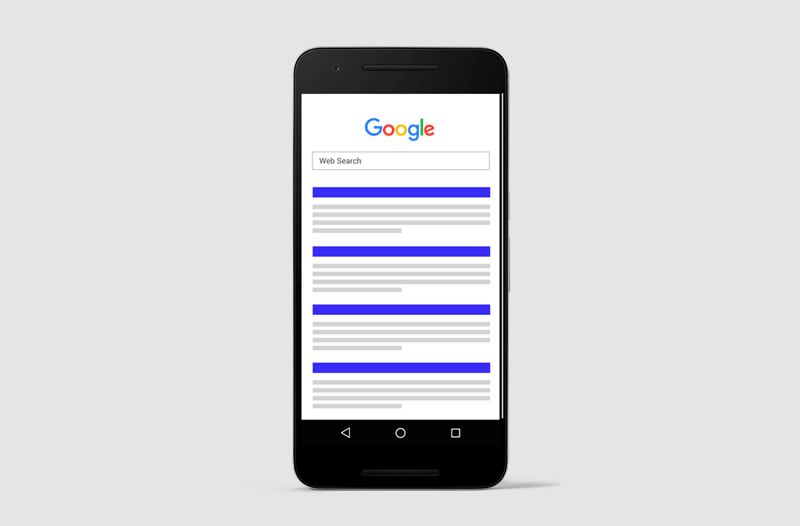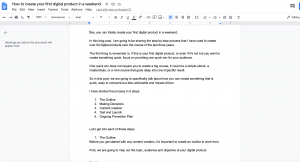What really irks visitors about your website and what you can do to stop driving them away.
“Should I stay or should I go?” It’s a decision that most visitors subconsciously make when landing on your website. The window to capture their interest is short-lived and impacted by various factors. What exactly can you do to guarantee that they don’t bounce?
The majority of website visitors are just flat-out annoyed. Therefore, it is important to create a careful design and strategic content strategy to avoid any failures. We’ve rounded up the six main factors that influence a visitor’s experience on your site:
- Mobile Design
Impact: High Bounce Rate
More searches take place on mobile devices than on desktop computers. Consequently, a poor mobile design can fluster visitors and revert them back to Google search to find another source. This increases your website’s bounce rate. Consider your consumer’s mobile needs, and decide whether to go for adaptive vs responsive mobile design. Then evaluate your font size, hyperlinks (opening in a new tab or window), page navigation, and other key website components.
- Click-bait Articles
Impact: High Bounce Rate, Low Social Shares
Click-bait articles boast misleading headlines with unrelated content. Efforts that focus purely on earning visits end up disappointing readers, and will not only result in a high bounce rate, but also low social shares. Instead, provide valuable, keyword-friendly articles that readers will share on social media.
- Pop-ups
Impact: Low Returning Visitors
If your homepage greets visitors with flashy pop-ups, users may well click out of the pop-up and subsequently your website. For any Call-to-Action (CTA), think like a person you’re trying to engage, not like a business. Email signups at the top of the page welcome visitors, without offending. Or try a floating button to “Sign up for the newsletter.” If you’re running pop-up ads, consider the ad’s design. An ‘X’ in the corner to close out the ad is intuitive, whereas “not right now” underneath the pop-up can look spammy. Then, think of traffic sources. Search visitors, looking for quick information, will respond poorly to content blocked by ads. Calculate the ROI of pop-up ads versus the respect you could gain from visitors and search engines.
- Confusing Content
Impact: Misleading Time-on-Site Figures
While traffic may be your motive, your priority is good, relevant content. Providing weak or confusing content will only discredit your website as a source. Verbose articles discourage visitors looking for concise explanations. This is true for both b2c and b2b-focused websites, which focus more on describing products and services. Despite the chance for a longer time on site, long, confusing content will be less likely to lead to a conversion (whether that be a purchase or a contact form submission).
- Slow Speed
Impact: Low Conversion Rate
Many users will leave your site before it even loads; page speed affects conversions. After all, 40% of people abandon a website that takes more than 3 seconds to load. Even worse, depending on site speed, visits may not even be registered by Google Analytics. If your website cannot efficiently respond to web requests, Google will penalize it. Find resources to determine and improve your site speed by visiting Google’s PageSpeed tools.
- Low Quality Images and Phony Stock Photos
Impact: Low Return Visitors, Low Referral Traffic
Technology and visual creativity in media has raised user expectations for imagery on websites. Think about the number of visuals a person sees every day and how your images compare.
Low resolution images and phony stock photos look gimmicky and threaten your website’s professionalism. Don’t settle for a low number of return visitors and decrease in referral traffic, rather invest in visual talent and tools, such as Canva, for creating custom images.
There’s a direct correlation between the reasons why people hate your website and the negative impact on your SEO/SEM efforts. Keeping searcher intent and user experience in mind during web creation, and conducting ongoing quality control tests, will keep your website on track with performance goals and improve overall experience.
(Some images used under license from Shutterstock.com.)
Marketing Land – Internet Marketing News, Strategies & Tips
(111)
Report Post















